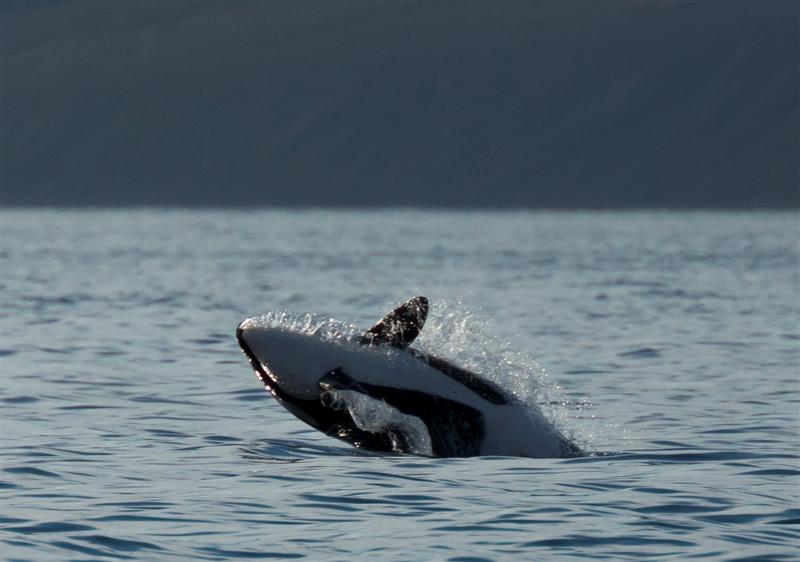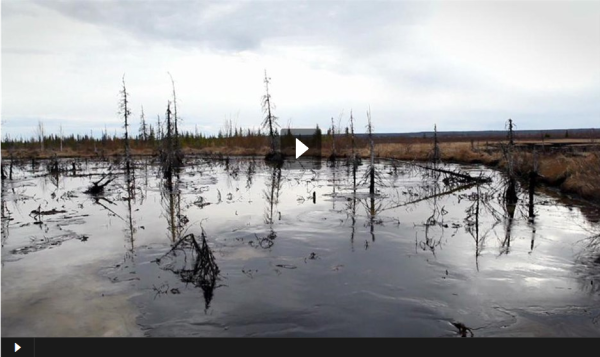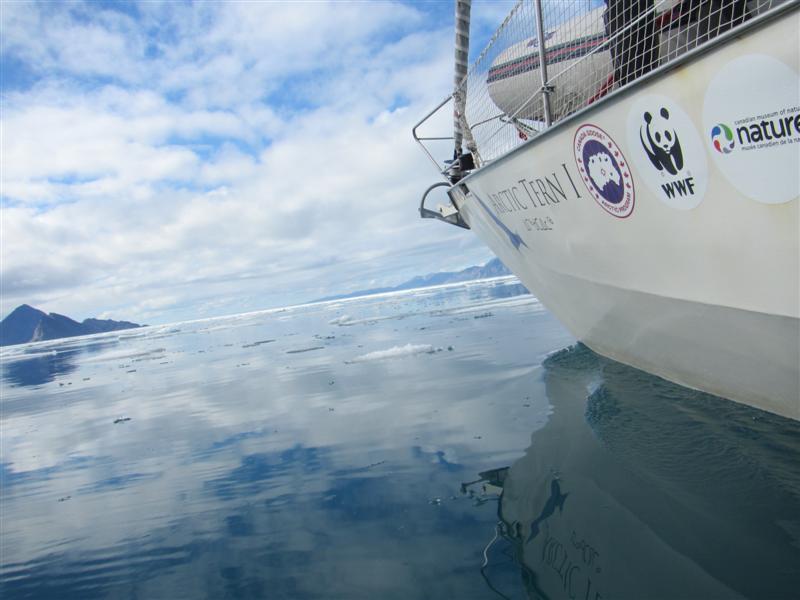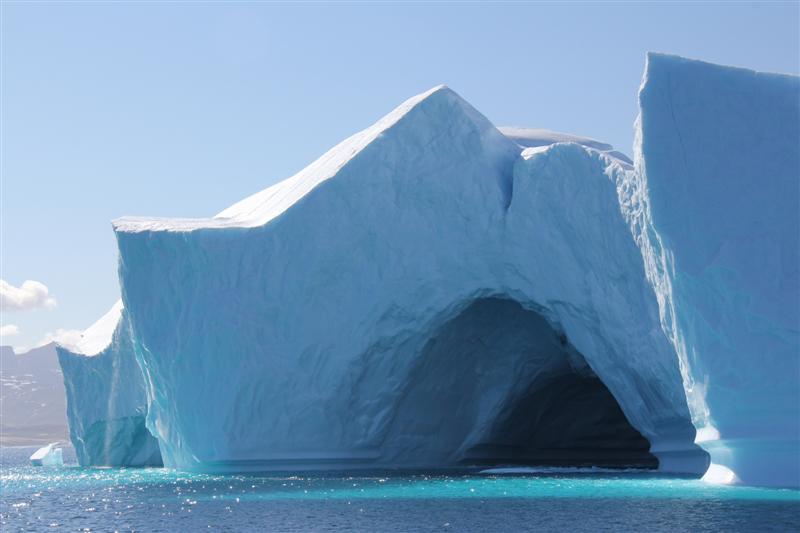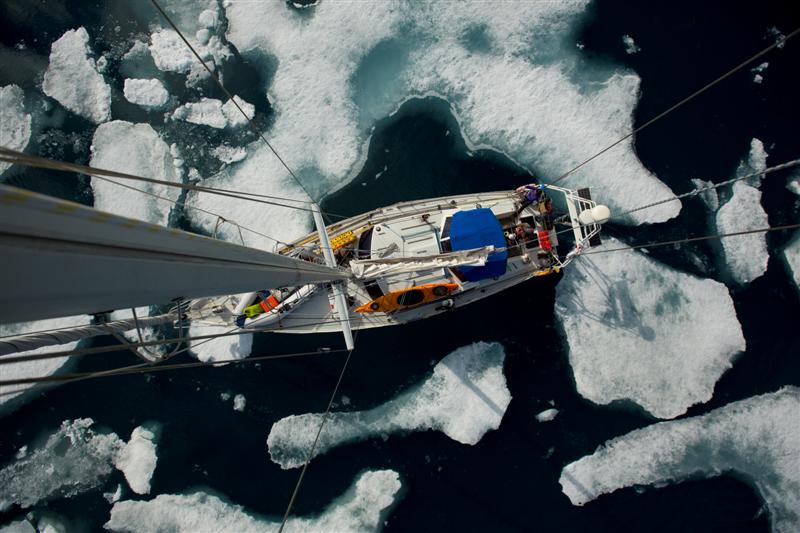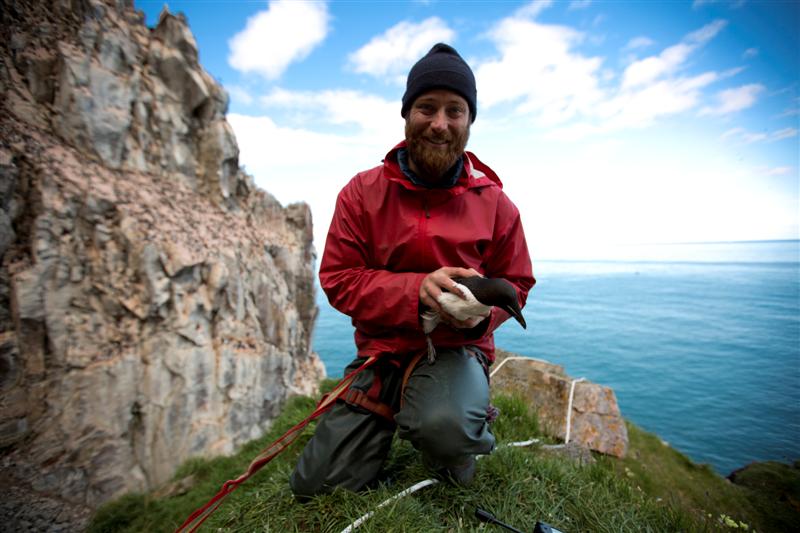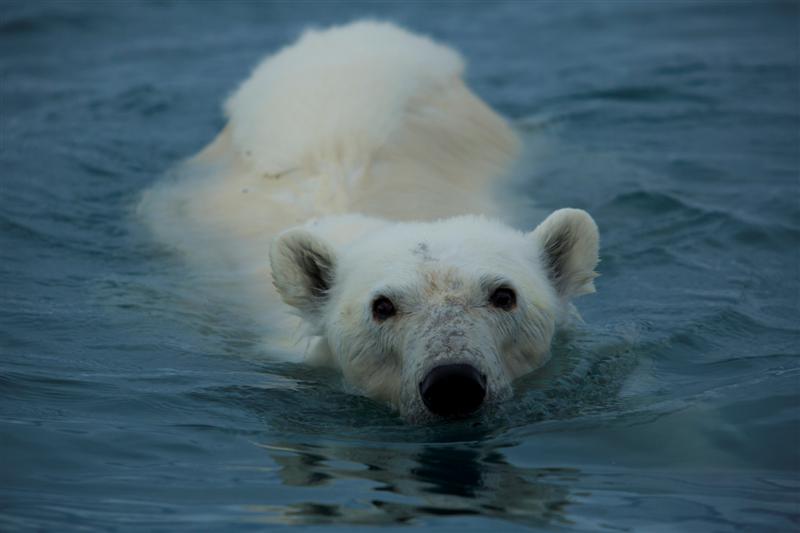
Tapang Ivo Tanku, Cameroon (WWF) – The first time I suggested dropping my pen as an international journalist and becoming a communications volunteer for the World Wild Fund for Nature (WWF), nobody batted an eyelid.
In my country Cameroon, it is common for international news correspondents and national journalists to pick-up several beats for their news organizations. But they rarely think of conservation as a strong beat that could transform the environment, where humans live in harmony with nature.
I have eventually found myself working for WWF, an experience I know I will enjoy for the next few months.
While volunteering for WWF’s Central Africa Regional Programme Office (CARPO) I came across multiple challenges over the past two months which have inspired me in my career in the regional communications department.
Investigating and reporting the truth is no longer enough for me. I now push for public policy implementation through advocacy and lobbying at several political and social levels. By engaging in stronger communications and media relations strategies, I am certain that I now have a real opportunity to invest much of my experience acquired into a broad spectrum over a number of years.
The statistics I received from our WWF experts have been particularly alarming. Though they inspire me to push for change, I find it hard to swallow a pill as bitter as 200,000 hectares of land in Cameroon that is lost to logging every year. This ranks my country second in deforestation after the Democratic Republic of Congo – another Congo Basin country.
What a shock, I exclaimed to Kevin Enongene Enongene, an intern at WWF, and the first true friend I made at WWF CARPO just few days after.
The fact that illegal logging and extractives industries have pushed the Baka indigenous group in Cameroon to the brink of extinction was another quite startling revelation.
“This is an indigenous community that strongly represents Cameroonians even on the international platform,” Enongene, who specializes in a WWF climate change project, told me as we sat down together to review documents while sipping coffee.
I took on the task to investigate, narrate and produce a short documentary on climate change in Cameroon that was presented in November at a UN Climate Change summit in Warsaw, Poland.
Just as I had finished recording my script, UN scientists made me re-frame the story all over again to include their report revealing with a 95 per cent assurance, how humans are to blame for the rapidly changing climate.
“This is absolutely true. Cameroon has witnessed a huge and persistent increase in rains, floods and droughts in recent years – causing severe food insecurity,” a Climate Focal Point expert for the Cameroon government Dr Joseph Armathe Amougou told me in my first video interview I recorded for the WWF documentary.
This situation will become worse if we do not integrate the local communities and indigenous people in Cameroon into the fight against climate change, Amougou added.
It is amazing to be part of a team of conservationists and climate change experts working on the field to change the destiny of the Mbororo, Baka, Bakola, Bagyeli and Bedzang minorities and indigenous people, who make up nearly 50,000 of Cameroon’s population.
“Our rights to property and access to land have been seriously jeopardized by large-scale industries,” said Thomas Mbarga, an indigenous person in the East region of Cameroon speaking in his local Baka language.
Mbarga, 25, raised concerns of the extinction of his community if WWF was to end its fight for humans to live in harmony with nature.
May this never happen, I told Mbarga whilst interviewing him in his thatched home.
Another conservationist who inspired my work was Fideline Mboringong, a young lady who joined WWF-Cameroon a few days after I took up service. Tapang, you seem to do everything with passion, from journalism to communications and media relations, Fideline said to me while I mounted an HD Camera to record an expert.
I believe in having multi-dynamic and multidisciplinary skills in communications to so that we can successfully/efficiently live in harmony with nature, I told “Fidel,” as I usually call her.
I have had the opportunity for the first time in my career to send out a press release to relevant national and international media. Unlike receiving emails from communications officers, as was the case with my previous position as a journalist, I find myself in another realm of success.
What is more humbling is seeing these stories published by national and international media, with reporters always calling to have more facts from our experts.
“I am only happy we are reaching out to a wider public. We will do even more,” I told my friend Enongene when we discussed at length about our different career achievements at WWF CARPO.

